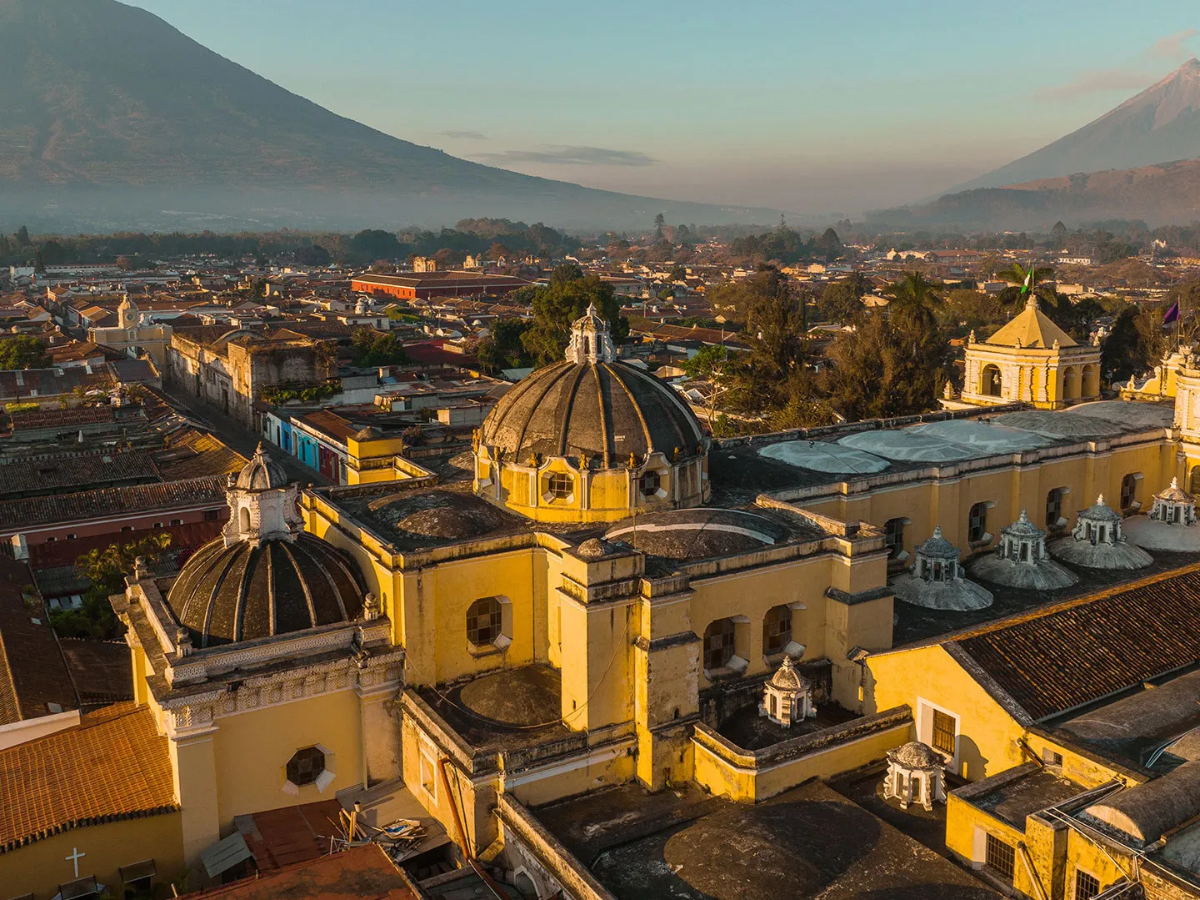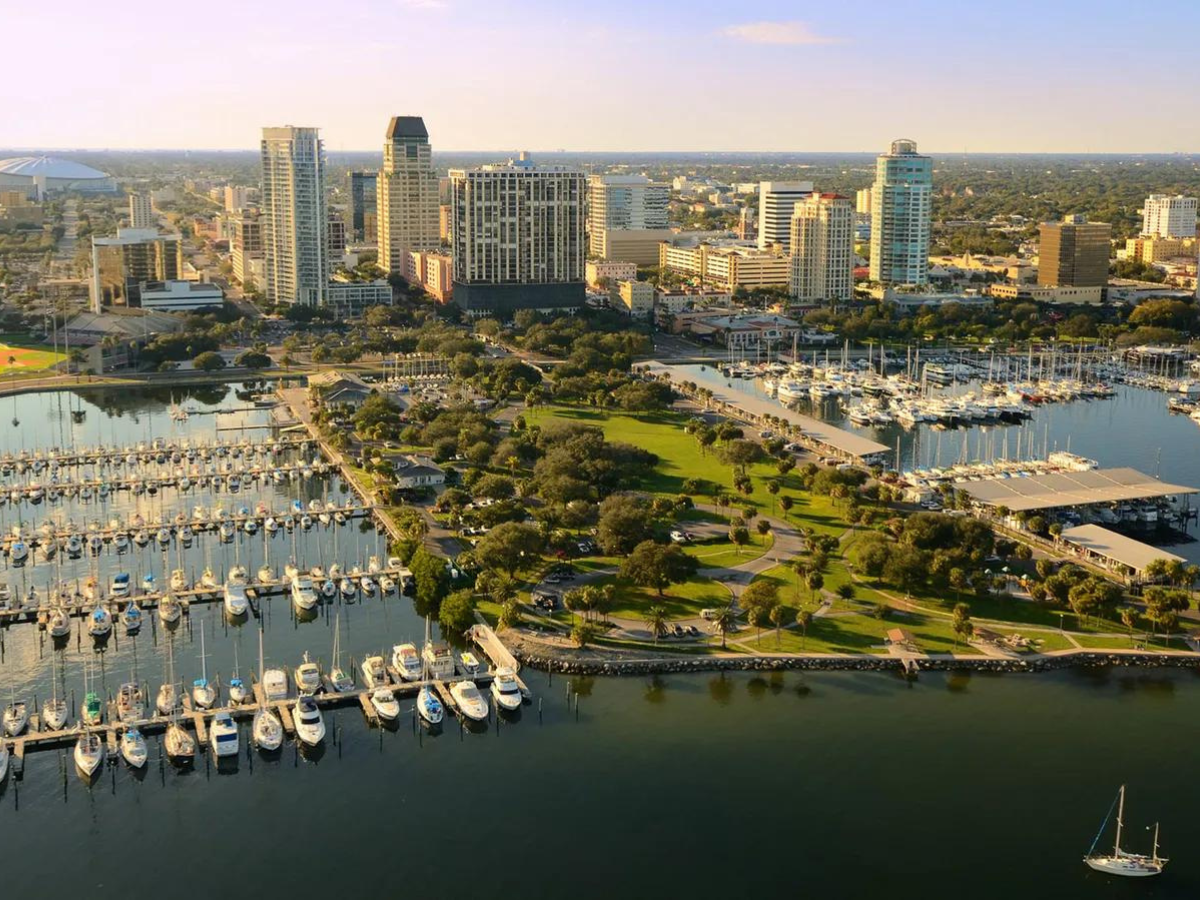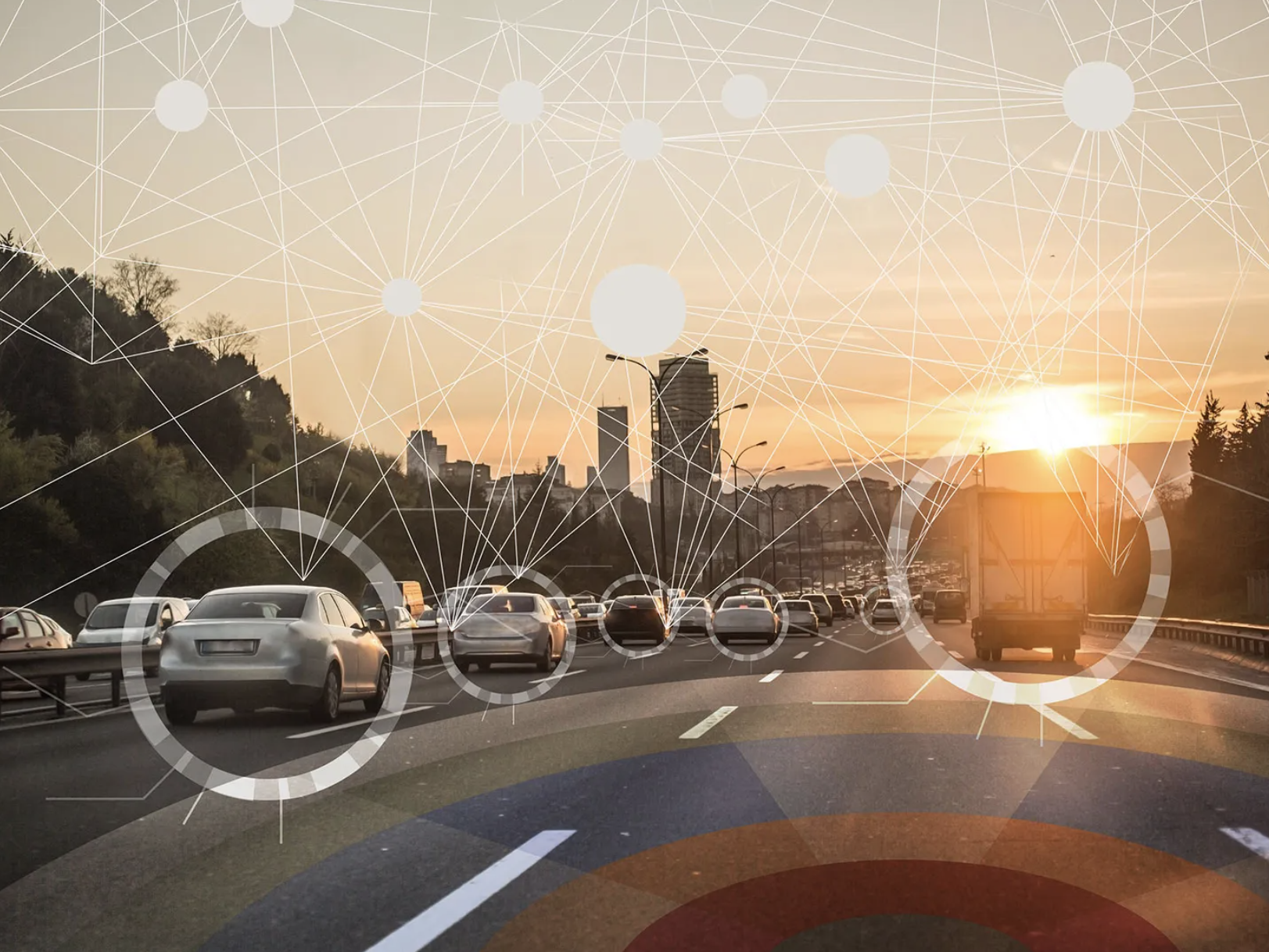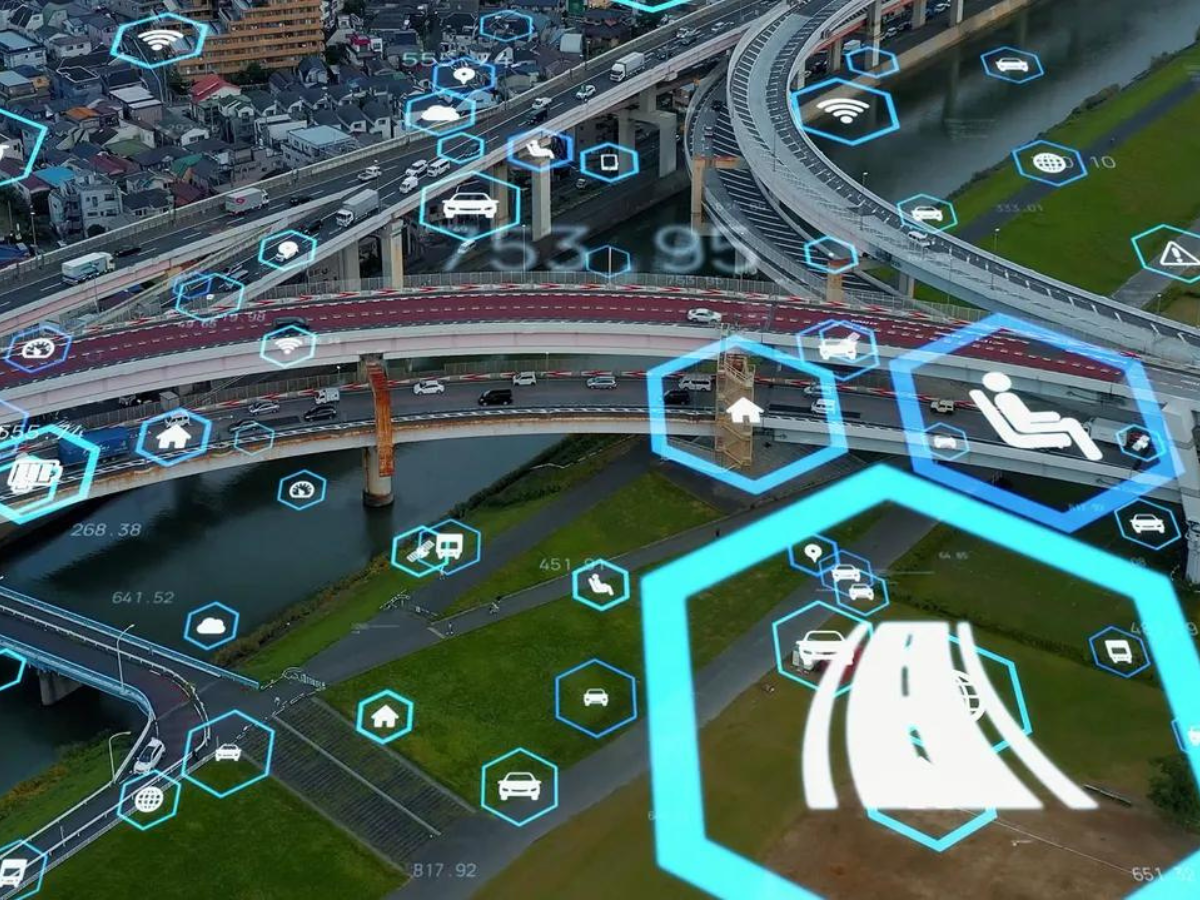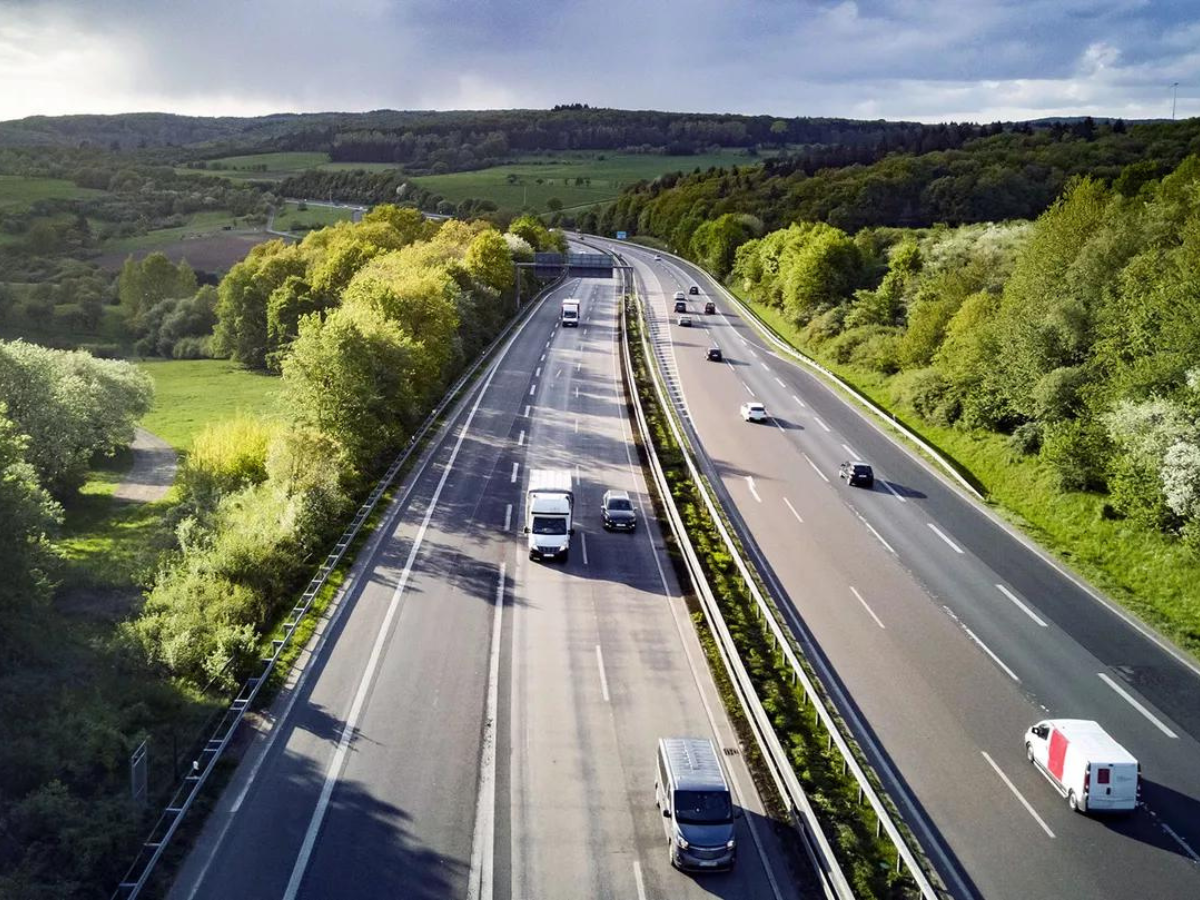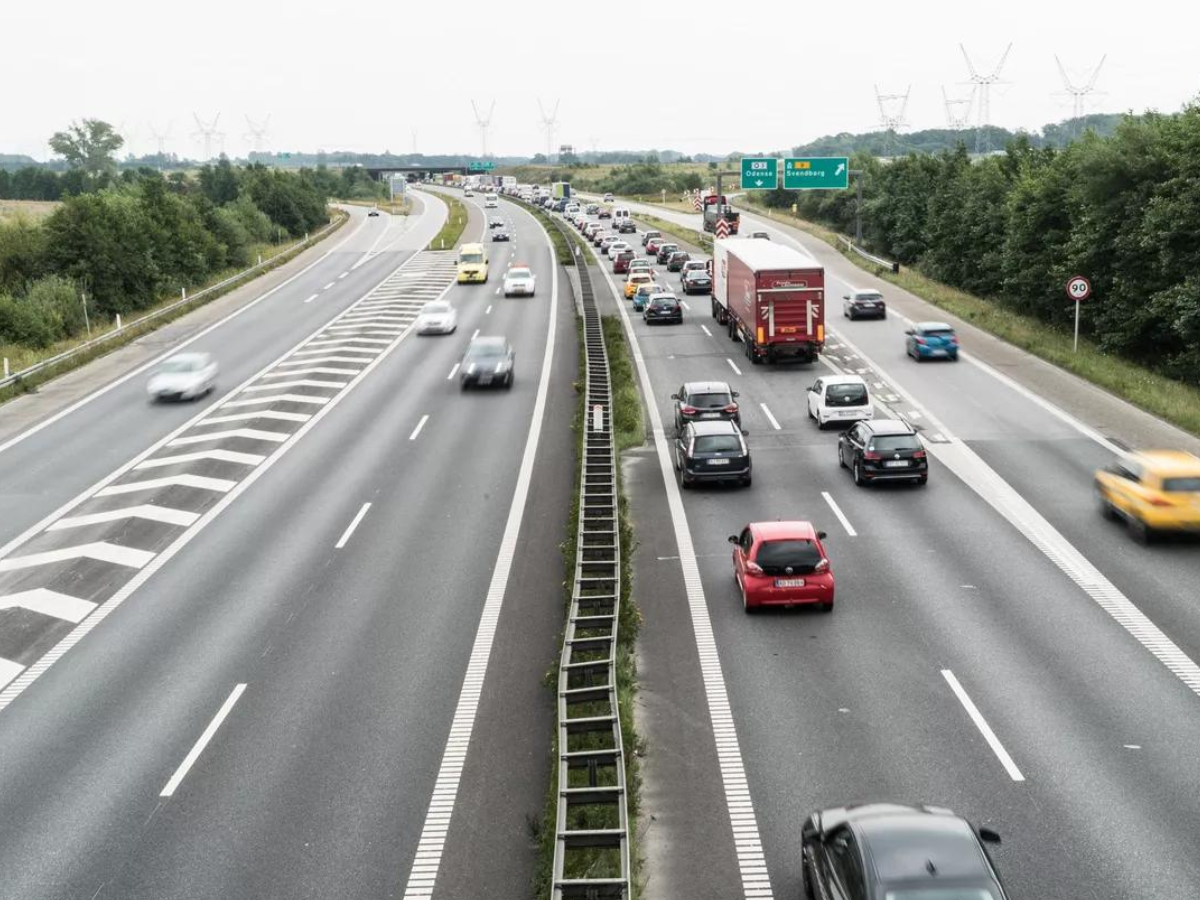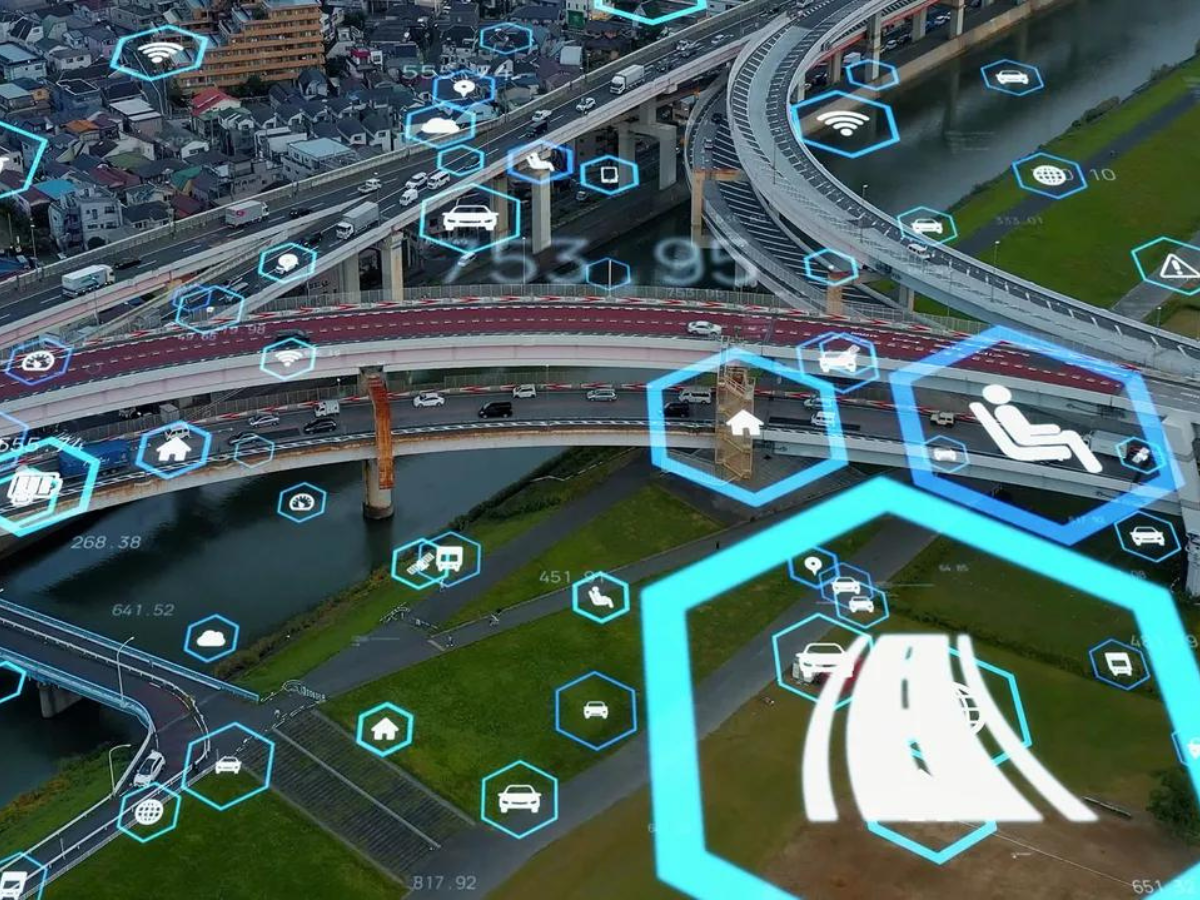2 Billion Annual Tolling Transactions in Chile
- More than 4 million active tags ensure smooth tolling experience in Santiago
- Barrier-free tolling reduces stop-and-go traffic and congestion
As urban centers around the world grapple with the challenges of congestion, the metropolitan area of Santiago de Chile shines as an example of the efficient use of technology for toll collection.
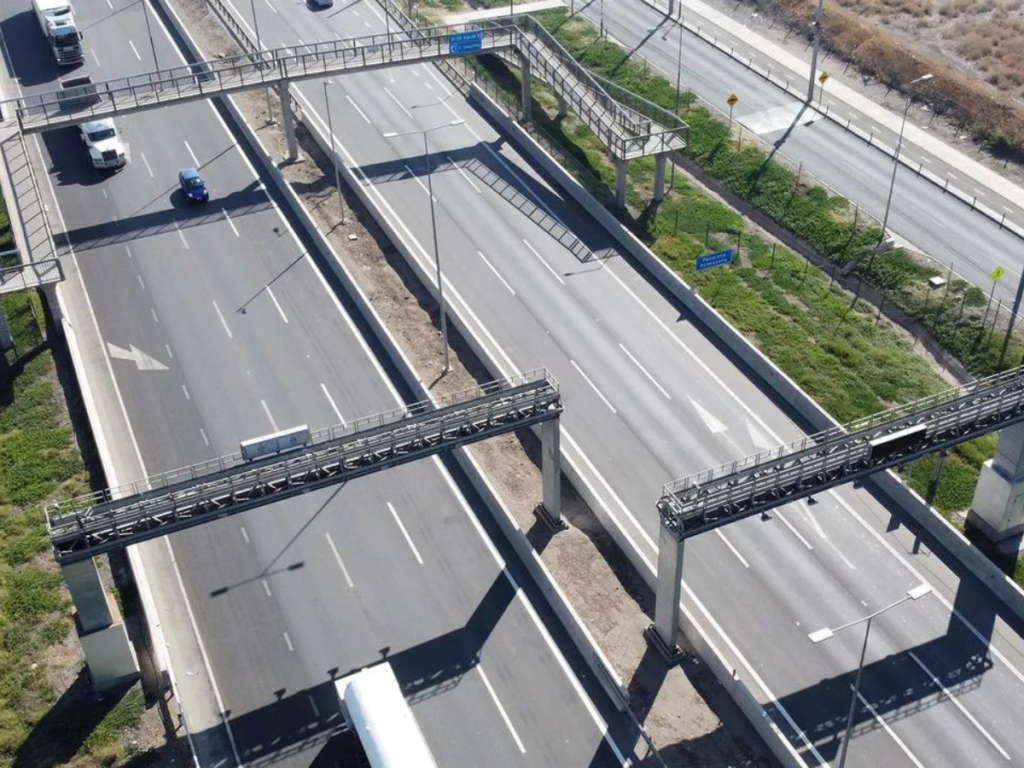
Kapsch TrafficCom is proud to announce that it currently facilitates over 1.6 billion transactions annually across nine urban highways in Santiago through its advanced MLFF (Multi-Lane Free Flow) solution. Across Chile, that number increases to two billion transactions annually.
By using in-vehicle tags, the system allows faster and more efficient movement for motorists, reducing stop-and-go traffic and congestion at tolling points. The fact that there are 4 million tags in a city of seven million inhabitants is a testament to the efficiency of the system.
Central to the city’s tolling network is the aptly-named Autopista Central. As the primary highway crossing Santiago from north to south, it is responsible for almost a third of all transactions in the country. Beginning partial operations in 2004, Autopista Central is among the first urban highways globally to adopt MLFF tolling and has since then been accompanied by Kapsch for the provision and servicing of its MLFF collection points.
Financing Urban Infrastructure
The revenues generated from these MLFF tolling systems play a pivotal role in supporting urban infrastructure in Santiago. By easing traffic congestion and ensuring smooth vehicle flow, the tolling system also plays a role in decreasing carbon emissions, reducing travel time, and fostering a more sustainable urban environment.
Carlos Wiedmaier, VP for Solution Consulting Latin America at Kapsch TrafficCom, says:Managing traffic in a bustling city like Santiago is paramount.
Our MLFF solution not only ensures efficient tolling but also supports the broader urban infrastructure. We are proud to be part of Santiago's journey towards a more connected and efficient urban future.
This article was originally published by Kapsch TrafficCom.





